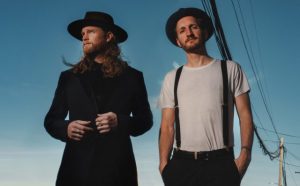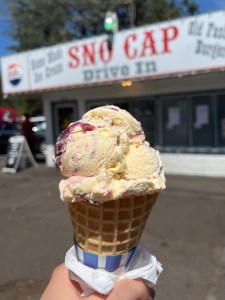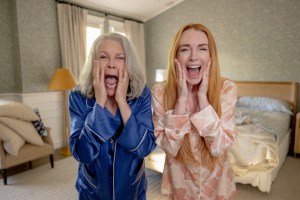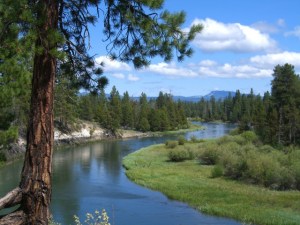Washington’s Wonderful Rieslings
Published 12:00 am Thursday, June 30, 2016
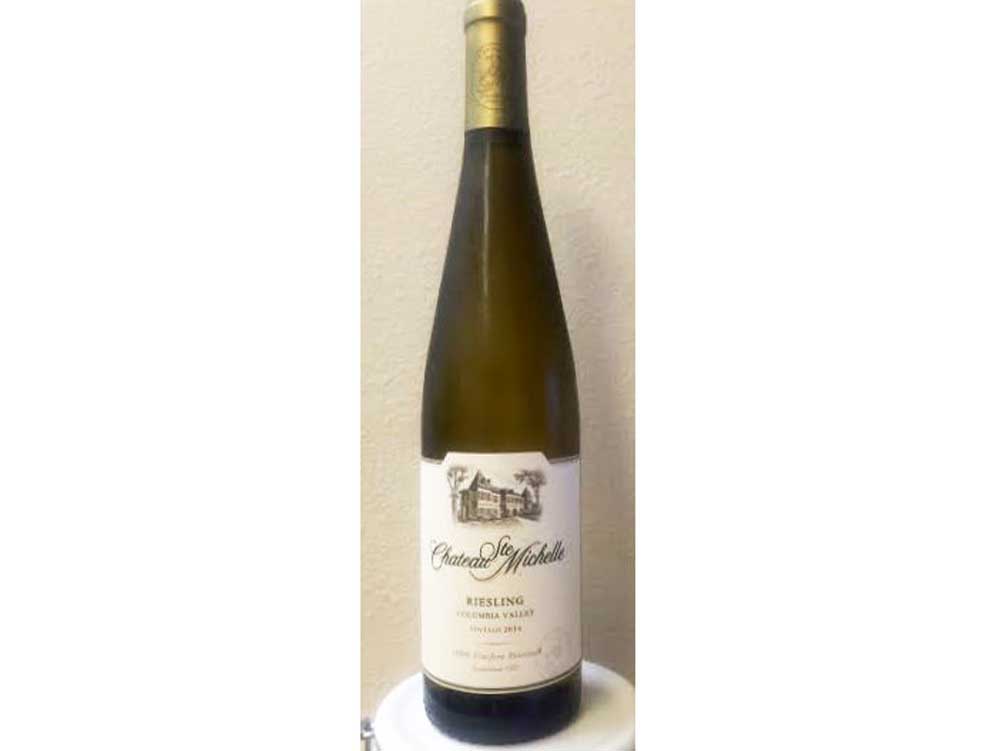
- Submitted photoChateau Ste. Michelle’s 2014 Columbia Valley Riesling ($9) is a semi-sweet wine with lime and peach overtones that is excellent with white fish and spicy Asian food.
The world’s largest producer of riesling wines is not in California, or France, or even Germany, the country of its rieslings’ origin. It is, in fact, in the greater Seattle area, at Chateau Ste. Michelle.
More than 2 million cases of riesling — over 24 million bottles — are produced annually at the winery’s headquarters in suburban Woodinville. The white grapes are grown and pressed in eastern Washington’s Columbia Valley, between Yakima and the Tri-Cities, then carried across the Cascades in tanker trucks for final processing and bottling.
Trending
Riesling is an aromatic white wine with a flowery nose and high acidity. Often identified as a “sweet” wine, it can also be semisweet and even dry, and may be structured as a sparkling wine. Rarely blended and seldom oaked, it is considered one of the top three white-wine varietals along with chardonnay and sauvignon blanc.
The character of riesling is heavily influenced by the terroir in which the grapes are grown. Chateau Ste. Michelle produces 10 different styles of rieslings, showcasing a variety of styles. The company planted its first riesling grapes in 1967, and in 1972, its Johannisberg Riesling won an international blind tasting of 19 rieslings sponsored by the Los Angeles Times.
On July 17, Chateau Ste. Michelle will co-host (with Germany’s Dr. Loosen Estate) the Grand Tasting event of the Riesling Rendezvous, featuring 250 of the finest rieslings from seven countries and six states in one location. Trade events will continue in Seattle through the weekend. For tickets, go to rieslingrendezvous.com.
Touring the chateau
Chateau Ste. Michelle is the oldest winery in Washington, a state whose annual wine production is exceeded only by California. With the repeal of Prohibition, the American Wine Company was founded in Seattle in 1934. At tiny Woodinville, its owners discovered an early-20th-century lumber baron’s 87-acre estate ripe for redevelopment. They built a French-style chateau — in the process renaming their company Chateau Ste. Michelle — on the former Hollywood Farm (holly trees once lined the main drive) and began trucking its grapes over from a Columbia Valley vineyard.
Today, as Woodinville has grown to a bustling town of 10,000 with scores of other wineries, that estate has become a landmark in the hinterlands of northeast Seattle. Visitors enjoy wandering the grounds, from tree-lined lanes and duck ponds to a 4,300-seat outdoor amphitheater that hosts a popular summer concert series, before entering the chateau to begin a free winery tour.
Trending
As one of just four guests who accompanied a company tour guide, I was led past fermentation tanks and down a long corridor that eventually led to a palatial tasting room. I learned that all of the winery’s red wines (mainly merlot and cabernet sauvignon) are produced at its Canoe Ridge Estate, in the Columbia Valley’s Horse Heaven Hills, but its whites (primarily riesling and chardonnay) are produced here in Woodinville.
The tour ends in the tasting room — in truth, a series of interconnected rooms that host about 300,000 visitors a year. In addition to several elegant tasting bars and a broad selection of wine-related souvenirs, a special Plexiglas enclosure in the heart of the room is home to a partner winery, Italy’s high-end Col Solare.
Woodinville wines
There are nearly 100 wineries and tasting rooms in Woodinville today, and the number continues to grow. But it wasn’t always so.
Scores of vineyards were planted in the warm, semiarid climate of eastern Washington, three to six hours’ drive southeast of Seattle, beginning in the 1970s. Grape growers established their wineries amid their vines, in the Yakima and Columbia valleys and the Walla Walla region. Only a few winemakers considered the obvious advantages of building their businesses closer to metropolitan Puget Sound.
The first winery to join Chateau Ste. Michelle in Woodinville was the Columbia Winery, which opened just across Highway 202 in 1988. It had been established in 1962 in Seattle by 10 friends, most of them university professors, one of whom donated his garage for wine production. It flourished under late winemaker David Lake, renowned for experimentation that led to the first production of syrah, cabernet franc and pinot gris wines in Washington.
From 1993 to 2007, Columbia was known as the northern terminus of the Spirit of Washington Dinner Train, which traveled up the east side of Lake Washington from Renton. Only the tracks remain; there has recently been talk about turning it into a rails-to-trails corridor.
Woodinville’s winery rush didn’t begin until the 21st century, after the Washington State Legislature passed a law that allowed wineries to have satellite tasting rooms away from their wineries. Within a few years, dozens of tasting rooms — and a few wine-production facilities — were offering flights of white and red wines in a location where their direct-to-consumer sales and brand-awareness campaigns could burgeon.
As the wineries multiplied, Woodinville’s hospitality industry flourished. A luxurious urban resort, the Willows Lodge, opened near Chateau Ste. Michelle and Columbia in the fall of 2000, and greater Seattle’s best-known prix fixe restaurant, the Herbfarm, established itself on the same grounds in early 2001. Craft breweries and distilleries followed.
Today, a visit to the Woodinville Wine Country — and yes, that’s a proper name — is an exceedingly popular weekend getaway destination for residents of the greater Seattle area, and out-of- staters are increasingly identifying it as a place for one-stop wine shopping.
— John Gottberg Anderson specializes in Northwest wines. His column appears in GO! every other week. He also writes for our food section.


